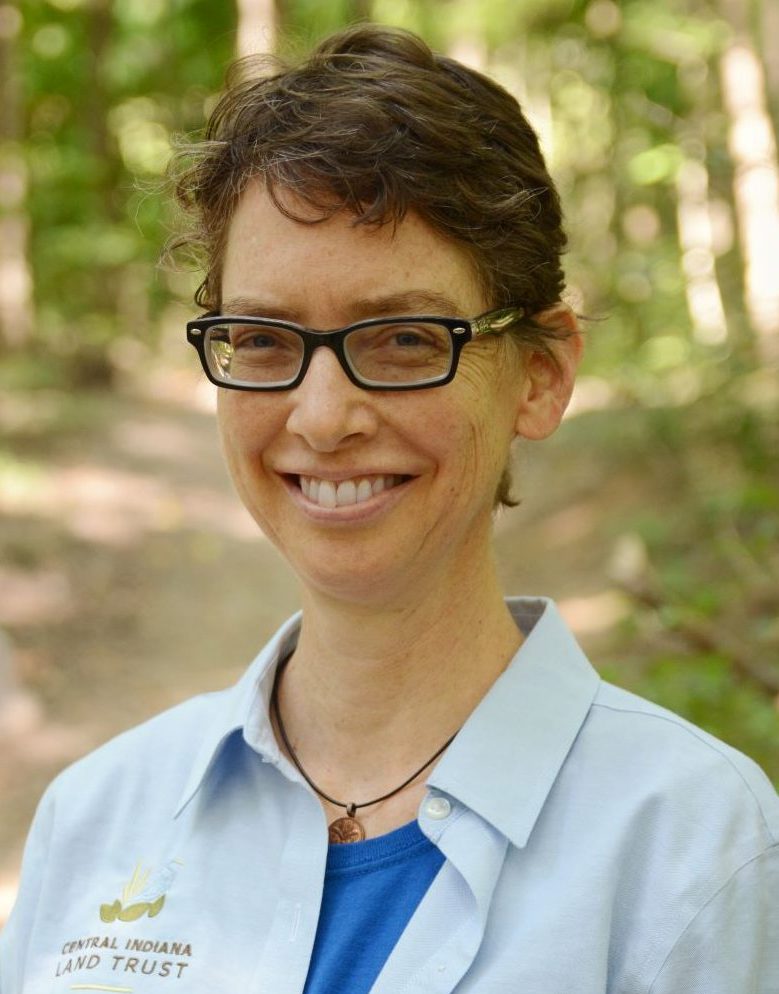For Women’s History Month, we look at just a few of the many American women whose work gave voice to planetary concerns.
The Naturalist
“The earth is the common home of all.” So said Susan Fenimore Cooper (1813-1894), one of America’s earliest naturalists.
In 1850, Cooper wrote a nature book called Rural Hours. This anonymously published work inspired Henry David Thoreau, who referred to it in his journal long before publishing Walden.
The daughter of writer James Fenimore Cooper, Susan Cooper could be considered a foremother of modern conservation. She wrote, “Mature trees, young saplings, and last year’s seedlings, are all destroyed at one blow by the axe or by fire; the spot where they have stood is left, perhaps, for a lifetime without any attempt at cultivation, or any endeavor to foster new wood.”
She also decried the loss of bird species in an 1893 essay, “A Lament for the Birds.”
Climate Scientist
A contemporary of Cooper’s was meanwhile breaking new ground with work that foresaw the phenomenon of climate change. Eunice Foote (1819-1888) was a women’s rights advocate, working alongside Elizabeth Cady Stanton for women’s suffrage. But she was also a scientist.
In 1856, Foote’s work was presented to the American Association for the Advancement of Science. Foote had written a paper about her experiments on the effects of the sun on certain gases. Though a male researcher would go on to be credited with the discovery, she was actually first to show how atmospheric gases like carbon dioxide would absorb solar radiation and generate heat.
Barriers against women in science kept Foote’s pioneering work from being recognized, until recently.
Air Pollution Pioneer
A century later, a physician named Mary Amdur (1921-1998) would conduct extensive research into the effects of air pollution.
Beginning at the Harvard School of Public Health in the mid1950s, Amdur developed a model to study sulfur dioxide’s effect on the respiratory tract in mammals. She later collaborated with engineers at MIT’s Energy Laboratory in the study of pollutants produced from burning fossil fuels. Believing air pollution toxicology would be neglected at MIT, in 1989, she moved her research to New York University’s Institute of Environmental Medicine.
At all three prestigious institutions, she remained untenured, though she would become known as “the mother of air pollution toxicology.” Her groundbreaking air pollution research influenced amendments to the Clean Air Act in 1966. It also contributed to the development of the Air Quality Act of 1967, expanding federal authority to regulate air pollution.
In 1997, Amdur received the Society of Toxicology’s Merit Award—the first woman to do so.
Harlem Renaissance Poet/Activist
Nature provided ample inspiration for the poetry of Anne Spencer (1882-1975). Born to formerly enslaved parents, she studied at Virginia Theological Seminary and College in Lynchburg, Virginia, and graduated as valedictorian at the age of 17. She later established a chapter of the NAACP in Lynchburg.
She became a prominent figure in the Harlem Renaissance, along with poet Langston Hughes and writer Zora Neale Hurston.
A botanist, she not only drew on the natural world for imagery, she wrote poetry that compared the destruction of nature to the subjugation of African Americans. In fact, “White Things,” one of her most influential poems, has been called the quintessential protest poem. She often wrote about the racist constraints of American society, facing censorship of her most pointed verses.
Spencer’s poetry was published in the Norton Anthology of Modern Poetry in 1973. She was the second African American and the first African American woman whose work was included in the influential series. Her home and garden are now a museum featuring the only known restored garden of an African American nationwide.
The Conservationist
MaVynee Betsch (1935-2005) was a prominent Florida activist who became known as The Beach Lady. Her environmental work centered around preserving American Beach, which had been founded by her millionaire grandfather, Abraham Lincoln Lewis.
Located on Amelia Island, FL, American Beach was considered the African American Hyannisport. It was a resort where upper class Black families could find safety and rejuvenation in the Jim Crow South.
Betsch earned a degree from the Oberlin (OH) Conservatory of Music, and moved to Europe, where she became an opera singer, debuting in Germany in 1959. She returned to Florida to find American Beach in decline, and she set about preserving its ecological and historical value. By 1975 she had dedicated herself full time to protecting American Beach, eventually giving away her entire life savings to environmental causes.
After a cancer diagnosis and subsequent surgery in 2002, Betsch only redoubled her efforts. That year American Beach was placed on the National Register of Historic Places. She continued to work on creating the American Beach Museum. It opened in 2014, nine years after she passed.
Each rebels in their own way, these women led full and fascinating lives. You can find more information on them in these resources:
Rachel Carson and Her Sisters: Extraordinary Women Who Have Shaped America’s Environment (book by Robert Musil)
Susan Fenimore Cooper, America’s First Recognized Female Nature Writer
National Park Services on Mary Amdur
Moral Agency and Local Activism: The Life of Anne Spencer
Wander Women Project on Mavynee Betsch

Shawndra Miller
Communications Manager